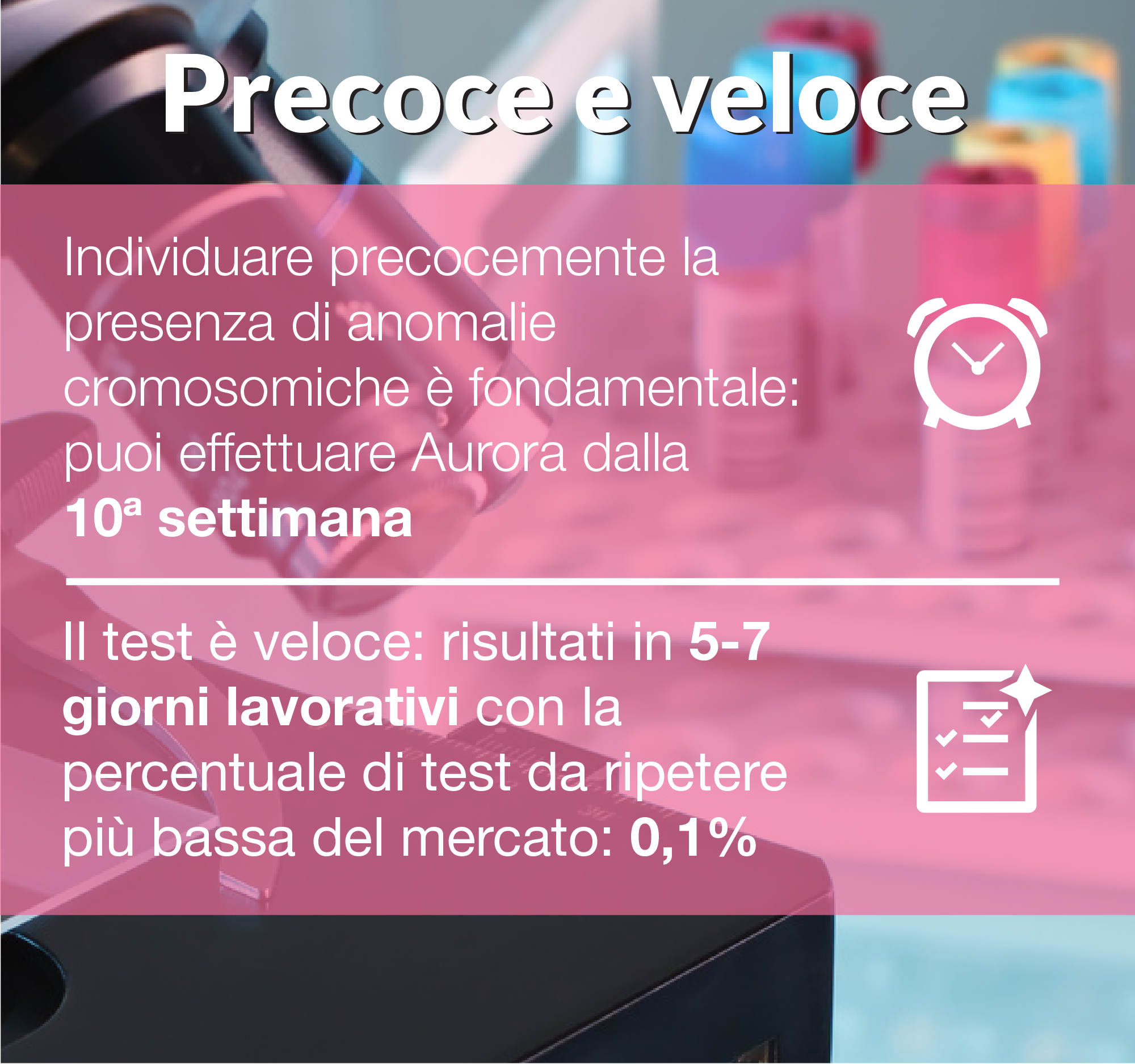A team from the Italian Institute of Technology (IIT) and the University of Pisa has identified new mutations linked to autism. In particular, researchers have discovered variants that alter the structure of the brain and affect its functions. The merit was an innovative strategy that will help to understand how many forms of autism exist. In this way it will be easier to create new treatments tailored to the individual shapes.
Researchers developed 3D brain models of 30 children with autism spectrum disorders. The children were all carriers of the same genetic mutation, the deletion 16p11.2. The analyzes have revealed that their prefrontal cortex is isolated from the rest of the brain. The inability to communicate between bark and brain causes the specific symptoms of autism. Children are little interested in social relationships and struggle to communicate.
In parallel, the researchers conducted a similar study on animal models carrying the same genetic mutation. The guinea pigs showed the same lack of communication with the prefrontal cortex. Furthermore, analysis of animal models allowed us to examine neuronal connections with a very high level of detail. This has revealed what are the structural anomalies typical of the deletion 16p11.2. These could be the basis of brain connectivity defects related to autism.
The results of the present study have shed light on many details related to autism. Now scientists are studying other genetic mutations related to autism, so as to understand its repercussions on the brain structure.
Source: ansa.it



















